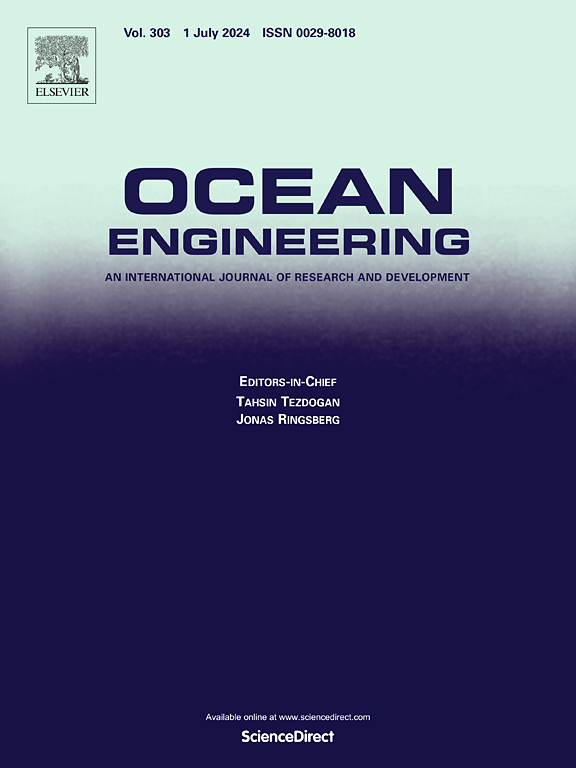Impact of particle geometry and critical dimensionless parameters on hydraulic collection performance of near-wall particles
IF 4.6
2区 工程技术
Q1 ENGINEERING, CIVIL
引用次数: 0
Abstract
The hydraulic collection technique has garnered significant attention for its high efficiency and minimal ecological impact, making it a promising method for seabed ore extraction in deep-sea mining. Leveraging the advantages of hydraulic collection is crucial for optimizing resource extraction technologies. This study builds upon the “circular pipe suction” model by introducing the particle shape factor, which is the ratio of the height to the projection diameter of the top and bottom surfaces of a disc-shaped particle, used to characterize the degree of flatness of the particle. Using the Reynolds-Averaged Navier-Stokes (RANS) equations, validated against experimental data, we investigate the influence of critical parameters, such as the pipe Reynolds number, clearance-to-pipe diameter ratio, and particle-to-pipe diameter ratio, on particle lifting within hydraulic transport systems. To quantify the ease of particle lift, we propose a dimensionless lift factor. Simulation results reveal that both the particle force coefficient and the lift factor increase with the particle shape factor. Spherical particles are easier to lift. While the particle force coefficient is largely unaffected by the pipe Reynolds number, it is significantly influenced by the clearance-to-pipe diameter ratio and the particle-to-pipe diameter ratio. The relationship between the particle force coefficient and these parameters follows power-law and exponential trends, indicating specific scaling behaviors as the parameters vary. Notably, particles with a shape factor below 0.4 present significant challenges for lifting. These findings advance the theoretical understanding of hydraulic collection processes and offer valuable insights for enhancing the efficiency and sustainability of deep-sea resource extraction.
求助全文
约1分钟内获得全文
求助全文
来源期刊

Ocean Engineering
工程技术-工程:大洋
CiteScore
7.30
自引率
34.00%
发文量
2379
审稿时长
8.1 months
期刊介绍:
Ocean Engineering provides a medium for the publication of original research and development work in the field of ocean engineering. Ocean Engineering seeks papers in the following topics.
 求助内容:
求助内容: 应助结果提醒方式:
应助结果提醒方式:


